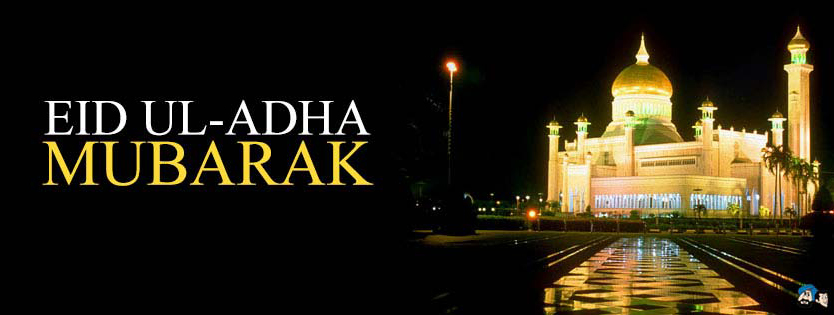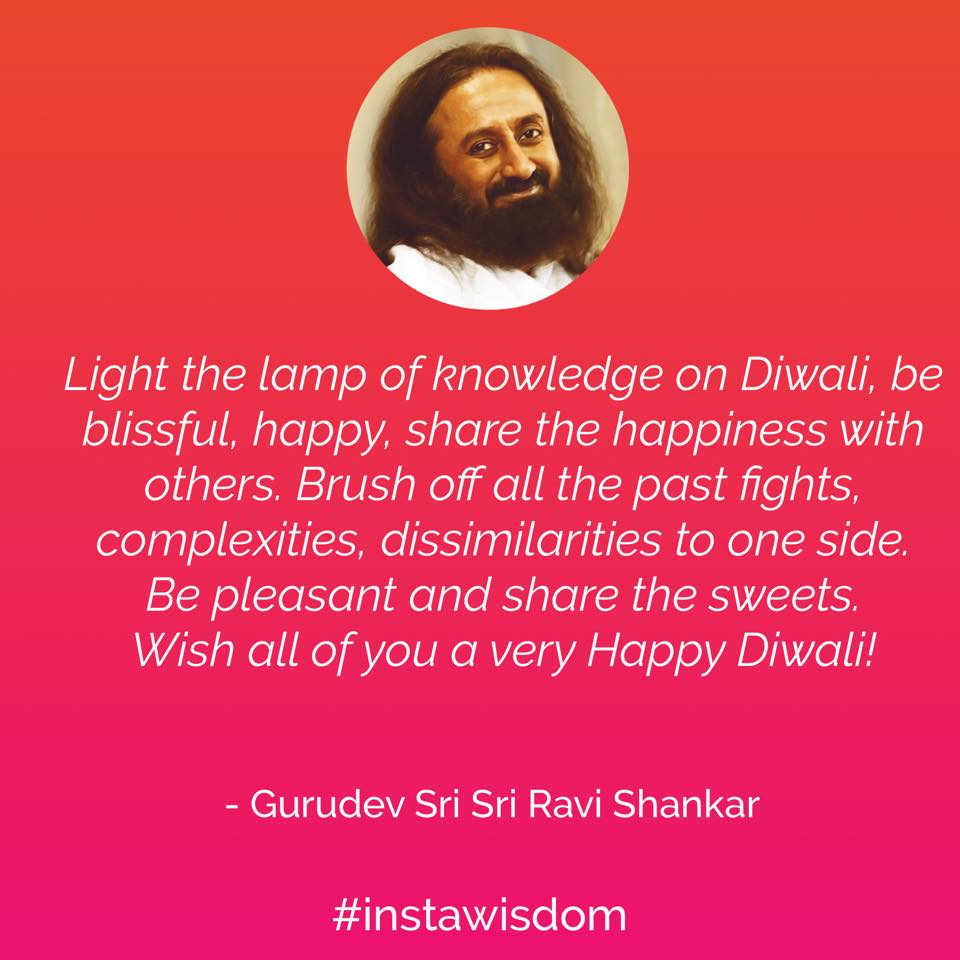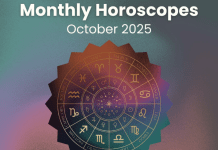By Mehru Jaffer
Millions of Muslims have congregated once again in the holy city of Mecca today to perform the haj. It is the duty of all Muslims, wherever they may live, to make the haj at least once in a lifetime. The haj is one of the five essential pillars of Islam along with the acceptance of belief in one God and the prophet hood of Muhammad. The other three musts for Muslims are the daily prayers five times a day, the paying of a tax and fasting during the month of Ramadhan.
The age-old Arabian pagan rite of the annual haj was Islamised by Muhammad in memory of Abraham and his son Ismael. During his meditations, Muhammad wondered why the Jews had a messiah named Moses and the Christians had Christ and both religions had holy books written in their own language to guide them in life. As an Arab, Muhammad felt without spiritual guidance at that time.
Eventually Muhammad traced the ancestry of Arab Muslims to Ismael and gave the people their own holy book or the Koran. The festival of Idul-Adha is held on the tenth day of this month when pilgrims sacrifice an animal at the mount of Mina, near the Kaaba. It is believed that on this mount Abraham was about to sacrifice his only son Ismael for his love of God. But God sent a lamb for the sacrifice instead. The day also marks the end of human sacrifices for the Semitic race, making it clear that the only sacrifice required by God is the surrender of the ego and will. The single cube-shaped shrine of the Kaaba situated in the heart of Mecca in the Arabian Desert from times unknown is considered sacred as the home of Ismael and his mother Hajra who were given shelter at the Kaaba. A more abstract definition of the significance of the haj is given by Karen Armstrong, religious scholar and author of The Battle for God, where she sees the ancient rite as a reminder to pilgrims of their duty to bring divine order into their world of potential chaos and disaster.
Pilgrims walk in seven ritual circles around the granite cube, whose corners represent the four corners of the world, following the course of the sun around the earth. Only by making an existential surrender (islam) of the whole being to the basic rhythms of life can a Muslim (one who surrenders) live as an authentic human being in the community. The haj is still the peak religious experience of any Muslim who makes the pilgrimage and is said to unleash an intense religious experience and perfectly expresses the communal and personal aspects of Islamic spirituality.
Many who perform the pilgrims today are not Arabs but they converge at the Kaaba clad in the traditional pilgrim dress stripped of all distinctions of race and class. The feeling is said to be of total liberation from all egotistic preoccupation of their daily lives as they are caught up into a community that has one focus and orientation.
A most poetic description of the intense feeling during the haj comes from Ali Shariati, the late Iranian philosopher, “As you circumambulate and move closer to the Kaaba, you feel like a small stream merging with a big river. Carried by a wave you lose touch with the ground. Suddenly, you are floating, carried on by the flood. As you approach the centre, the pressure of the crowd squeezes you so hard that you are given a new life.The Kaaba is the world’s sun whose face attracts you into its orbit. You have become part of this universal system. Circumambulating around Allah you will soon forget yourself.You have been transformed into a particle that is gradually melting and disappearing. This is absolute love at its peak“.






